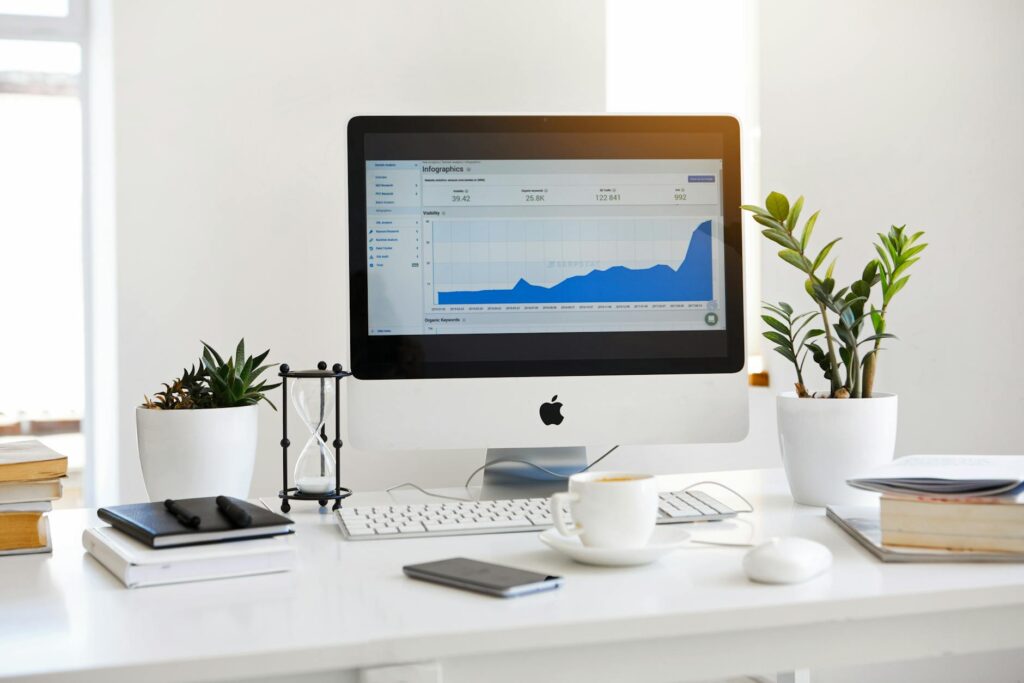What is productivity analytics tool?

What is productivity analytics tool?
In today’s fast-paced work environment, keeping track of productivity can feel like trying to catch smoke with your bare hands. Enter productivity analytics tools, designed to capture the elusive nature of productivity and provide insights that can transform how we work. These tools are increasingly important as businesses and individuals strive to maximize efficiency and enhance performance.
The Definition and Purpose of Productivity Analytics Tools
Productivity analytics tools are software solutions that analyze work patterns and productivity metrics to provide insights into how time is spent. They help identify areas where time is wasted or could be optimized. Picture these tools as your personal productivity detectives—they uncover what’s working and what’s not, enabling informed decisions to boost efficiency.
The main purposes of these tools include:
- Measuring productivity: Help users understand how much work is being completed in a given time frame.
- Identifying bottlenecks: Highlight processes that slow down productivity, allowing for timely intervention.
- Enhancing performance: Provide actionable insights that lead to better time management and task prioritization.
How Productivity Analytics Tools Function
At the heart of productivity analytics tools lies advanced technology that tracks various metrics and behaviors. Most tools use time tracking, user activity monitoring, and data analysis techniques to gather information.
For instance, tools like ActivTrak collect user activity data and categorize it to produce meaningful productivity reports. This data is then presented in user-friendly dashboards, enabling individuals and teams to visualize their productivity patterns.
Key Features of Productivity Analytics Tools
When exploring productivity analytics tools, there are several key features to consider:
- Time Tracking: Essential for understanding how much time is spent on tasks.
- Activity Monitoring: Tracks user actions and application usage to highlight productive versus unproductive time.
- Reporting and Analytics: Provides detailed reports and visualizations of productivity trends.
- Integrations: Ability to work with other tools and platforms for seamless data flow.
- User-Friendly Interface: A simple design that makes it easy to navigate data and insights.
These features equip users with the tools necessary to enhance their productivity effectively.
Benefits of Using Productivity Analytics Tools
The advantages of utilizing productivity analytics tools extend far beyond simple time tracking. Here are some significant benefits:
Enhanced Time Management
Time management is crucial in any business environment. These tools help individuals and teams see where their time goes. By pinpointing time drains, users can adjust their schedules and prioritize tasks more effectively. Imagine knowing exactly which tasks consume the most time—this insight allows for better allocation of resources.
Improved Work-Life Balance
With the right productivity insights, achieving a better work-life balance becomes more attainable. By understanding work patterns, individuals can set boundaries and manage their workload more effectively. This is especially important in remote work settings where the lines between work and personal life often blur.
Data-Driven Decision Making
Insights gained from productivity analytics facilitate data-driven decision-making. When teams can visualize their productivity trends, they can make informed choices about project management, resource allocation, and future strategies. Tools like Insightful provide valuable data that support smarter decision-making processes.
Types of Productivity Analytics Tools
The market offers various types of productivity analytics tools, each designed for specific needs. Here are some categories:
Time Tracking Tools
Time tracking tools are the foundation of productivity analytics. They allow users to log hours spent on tasks, providing insights into productivity levels. Tools like EmailAnalytics highlight email activity, giving valuable data on communication efficiency.
Project Management Tools
Many project management tools incorporate productivity analytics features, enabling teams to track project progress and productivity metrics. These tools help in ensuring that projects stay on schedule and within budget.
Performance Monitoring Tools
Performance monitoring tools specifically focus on individual or team productivity. They provide insights into workload distribution, task completion rates, and overall efficiency, allowing managers to identify high and low performers.
Choosing the Right Productivity Analytics Tool for You
Selecting the right productivity analytics tool requires thoughtful consideration. Here’s how to ensure you make the best choice:
Assessing Your Needs
Before diving into the selection process, take a moment to assess your specific productivity needs. Are you an individual looking to improve your time management, or a team seeking to enhance overall efficiency? Understanding your goals will help narrow down your options.
Evaluating Tool Features and Usability
Once you know your needs, examine the features and usability of potential tools. A user-friendly interface can significantly enhance your experience. Look for essential features that align with your goals, such as time tracking, reporting, and integrations.
Conclusion
In summary, productivity analytics tools serve as invaluable resources in the quest for improved efficiency and effectiveness. By providing insights into time management, facilitating a better work-life balance, and enabling data-driven decision-making, these tools can transform how we work. As you explore your options, remember to assess your unique needs and evaluate the features of each tool. The right productivity analytics tool can make a significant difference in your professional life.

Photo by Serpstat